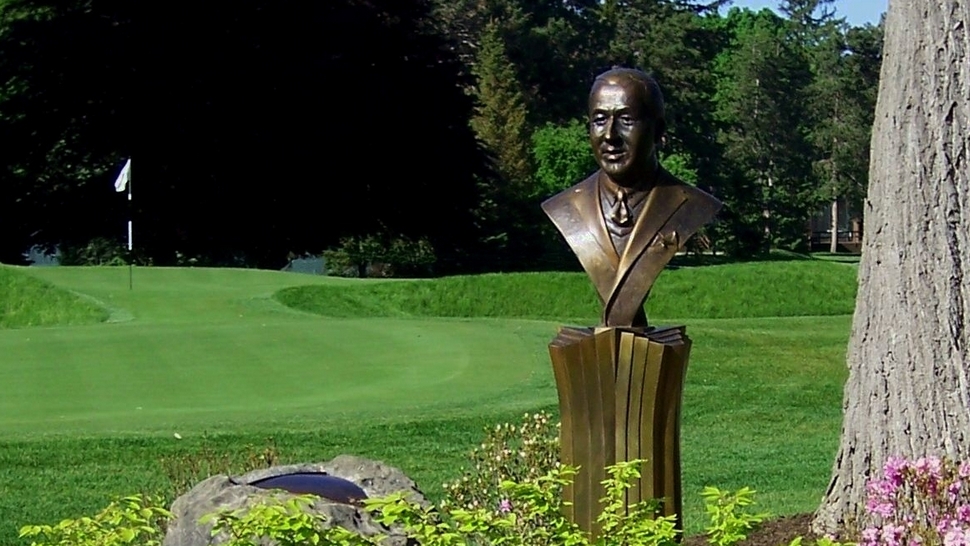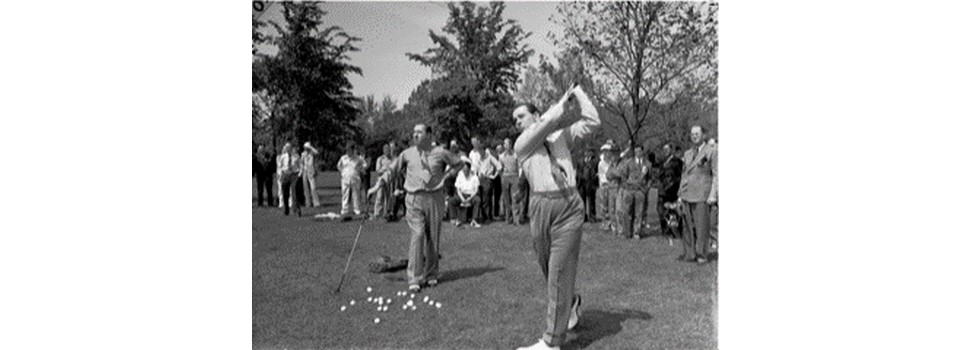Rochester, NY. This week’s 105th PGA Championship marks a return for the fourth PGA Championship and seventh overall major at storied Oak Hill Country Club and its much-celebrated East Course.
But the return to the greater Rochester area brings front and center the long overdue focus on the significant contributions of its favorite golfing son, Walter Hagen.
The PGA Championship came into being in 1916 and it was Hagen who provided the foundation for not only that event but shaping the overall impact professional golf would have going forward.
Born in Rochester in 1892 to a working-class family of German descent, Walter Charles Hagen started his long ascension up the golfing ladder as a caddie at Country Club of Rochester, located within a walking distance from where golf’s current world class players are competing this week at Oak Hill.
Hagen’s golf skills were noticeable early on and his rise would have him become head golf professional at CC of Rochester for a short period of time before opting in 1919 to walk away from his club affiliations, including being the first golf professional at Oakland Hills CC just outside of Detroit, to do what no one had truly succeeded in doing, taking his golf game on the road for all to see.
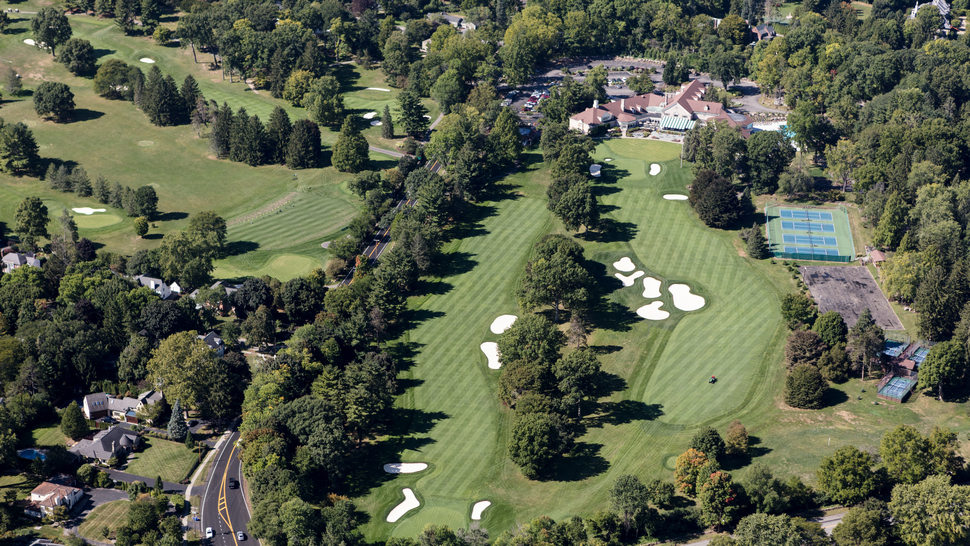
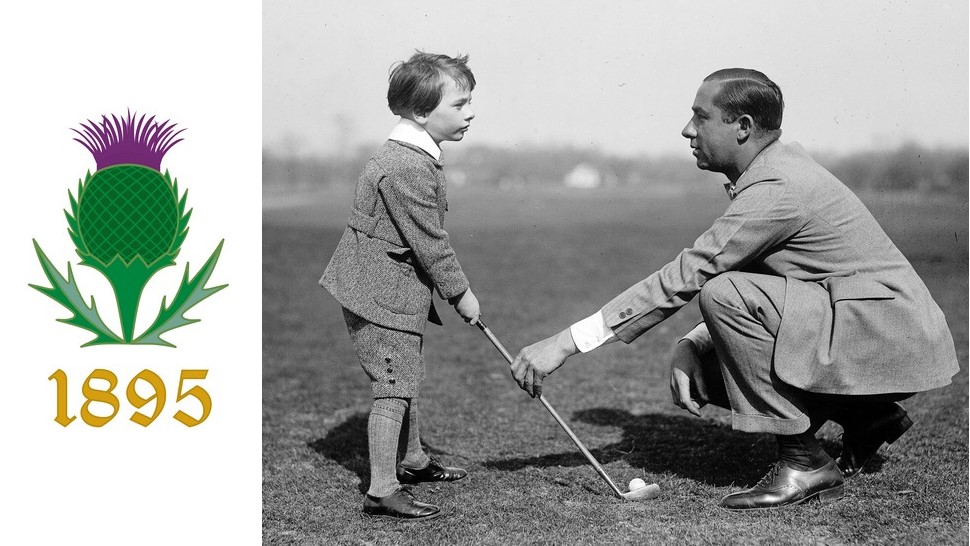
| “The Walter Hagen Story by The Haig, Himself,” as told to Margaret Seaton Heck. Courtesy of “Classics of Golf,” Michael P. Beckerich, Publisher.
Golf and Walter Hagen met when he was five years old, a Scotsman named Sandy, professional at the Country Club of Rochester, first put a club into his hands and Walter knocked a ball around his living room. When he was seven and half years old, he persuaded his father to ask his friend, Bill Lambert, the caddy master if he would give him a job. “I got the job right there and then, the $0.10 an hour looked big to me.” “I tried to give my mother part of my first week’s pay but she wouldn’t take it. I was taught to save it in a coin bank and each week I deposited some silver in the local branch of the East Side Savings Bank of Rochester, in time the green stuff meant more to me than the change so I would trade $0.95 and a golf ball I found to another caddy for a $1.00 bill but that too went into the bank.” |
Professional golf back in the era of Hagen was hardly viewed in the same manner as one sees it today. Those who called themselves “professionals” were viewed by the genteel upper classes as roughnecks and raconteurs of dubious pedigree. Golf was defined as a “gentlemen’s game,” the phrase used as a class-conscious separator between those with the wherewithal to play golf as a leisure activity because family fortunes permitted them to do so.
Hagen came into the broader spotlight in 1913 at the U.S. Open at The Country Club where he finished in a tie for fourth, three shots out of the epic playoff between Francis Ouimet, Ted Ray and Harry Vardon.
The next year at Chicago’s Midlothian CC he would claim the U.S. Open title. Othe titles of note came quickly and to demonstrate his talents were not a one-time fluke he captured the first postwar U.S. Open at Brae Burn, just outside of Boston, in 1919.
The reach of Hagen accelerated on a far broader level when winning the first of four Open Championships in 1922 and becoming the first USA-born golfer to capture the Claret Jug.
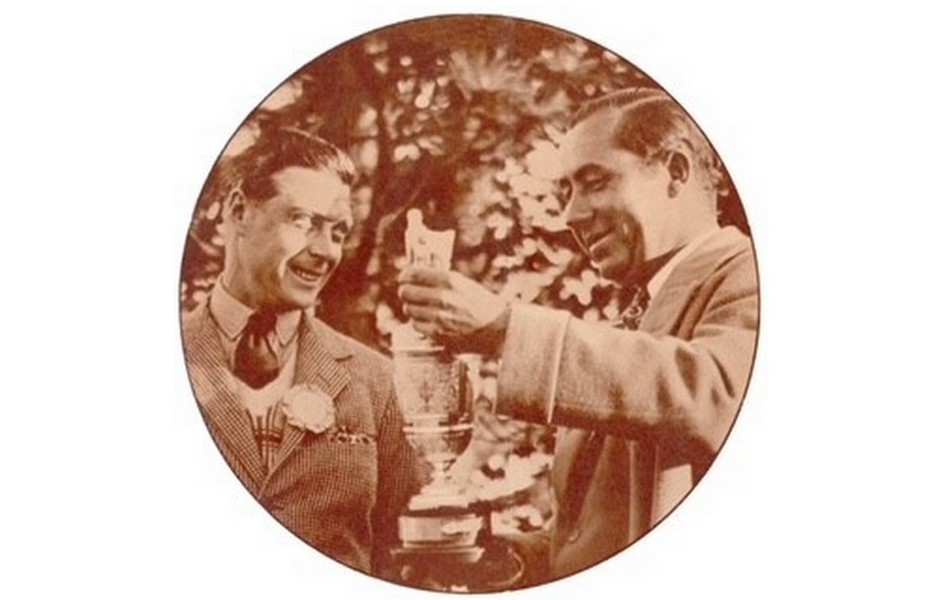
At the 1920 Open Championship during the height of class-conscious Great Britain, Hagen and other professional were excluded from using the clubhouse at Royal Cinque Ports and in response Hagen craftily opted to rent an Austin-Daimler touring car and have the vehicle purposely parked right in front of the clubhouse where we ate his meals and changed his shoes.
When finishing as runner-up at the 1923 Open Championship at Royal Troon he was invited into the clubhouse for the awards ceremony. Hagen politely but firmly declined and instead invited the large gallery to a nearby pub for a much more celebratory occasion. Needless to say, the “official” ceremony lacked any real pizzazz.
Of all the championships Hagen would win, his impact on the PGA Championship was most notable. The collection of golfers under the banner of the PGA of America was escalated in standing when Hagen would win five Wannamaker Trophies, four of which came in succession in the 1920s. The event was contested at that time via match play and Hagen displayed a near invincible stature compiling a sensational record of 35-3.
When the Ryder Cup was created in 1927, Hagen served as playing captain for the first five teams. He also captained the winning USA squad in 1937 for an overall record of 4-2.
Walter Hagen in the majors – 11 total
- U.S. Open, winner 1914 and 1919
- The Open Championship, winner 1922, 1924, 1928. 1929
- PGA Championship, winner 1921, 1924, 1925, 1926, 1927
Hagen’s total of 11 major championships places him in the most rarified of positions, being one of only four golfers with Bob Jones, Jack Nicklaus and Tiger Woods to have won double-digit majors.
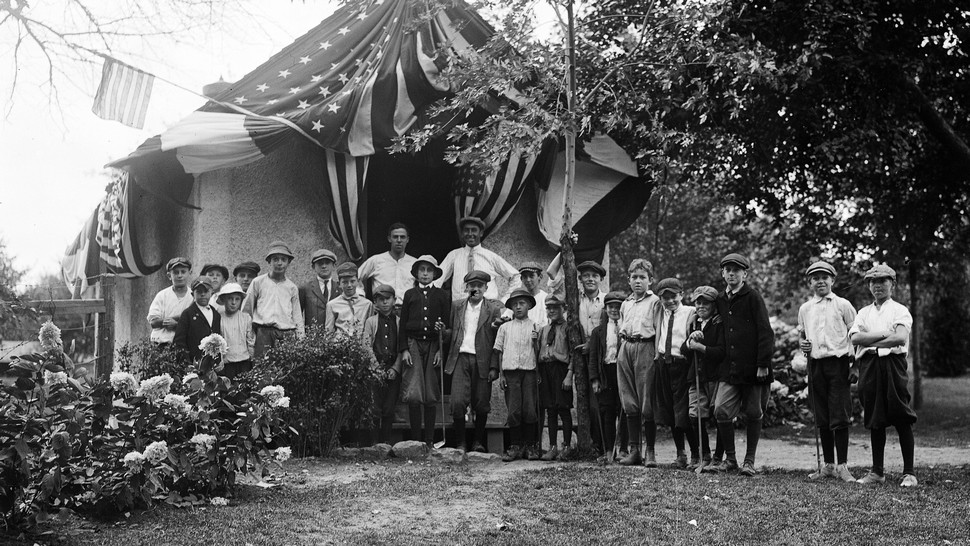
What’s important to point out is that in Hagen’s competitive years the Western Open was viewed in equal terms to the U.S. Open, The Open Championship and PGA Championship. Hagen would capture five Western Opens and therefore would raise his overall major count to 16. Unfortunately, much of the golfing establishment today does not convey an appropriate recognition for what he achieved.
The Masters would only come into being starting in 1934 and while Hagen did play at Augusta in the first three years of that event, his competitive prime playing years were now in the rear-view mirror.
Interestingly, if the Masters wins by Nicklaus and Woods are pulled out the major total for each would have the Golden Bear downsized to 12 and Tiger at 10.
| “Life and Times of Walter Hagen” by Sidney L. Matthew.
“The Sacramento Bee published an article in December 1986 stating “Walter Hagen once hit into a paper bag that was lying within a sand trap. Officials ruled against him taking the ball out of the bag, so Hagen lit a cigarette and put the match to the bag. After the bag burned away Hagen got up and down for par.” “In a friendly match with Edsel Ford in Detroit, the auto tycoon topped his drive off the first tee, skulled the next two shots and eventually met Hagen who was waiting on the green. Edsel zipped open his golf bag to put on a golf glove when a .38 caliber pistol fell on the ground. Hagen blurted out half in jest “Edsel, if you want this match so badly, I’ll concede it… It’s yours!” Edsel grinned and explained the gun was carried because of kidnapping threats.” |
Hagen was Palmer before Palmer
Hagen used his various championship titles as a mechanism to garner more attention through various exhibitions and in doing various clinics. The hodge-podge of activities was nothing like one sees today and much of the Hagen mystique came from the man himself. Hagen was keen to lend his name to various golf product endorsements such as clubs via Wilson Sports.
In addition to his stellar golf game, Hagen dressed impeccably with tailored clothing and slicked back hair impeccably coiffed.
During his heyday there was no televised golf. The sport was viewed far differently and it wasn’t until a rising western Pennsylvania star named Arnold Palmer in the late 1950s that golf had the ideal person to maximize the far broader reach of television which was in its infancy but expanding rapidly.
Hagen laid the foundation for professional golf and it was Palmer specifically who pushed the game to a far wider global audience.
Interestingly, Hagen and Palmer had a close bond and when he died in October of 1969, Palmer served as one of the pallbearers at his funeral.
Assessing the Hagen Impact
The impact of Walter Hagen has receded into the shadows and much of that is because of the lack of attention paid to those who played golf at the highest of levels between the two world wars.
Bob Jones was revered by the broader golf masses, both in the USA and in Great Britain. The Masters, and the golf course he helped create at Augusta National, would become the permanent shine to his stellar playing record.
Hagen’s contribution was in raising the stature of those opting to play the game professionally. The trails he blazed provided a clear pathway for others to follow in the years ahead. One can only wonder how Hagen would be salivating for an opportunity to tee it up and play for the kind of money routinely competed for on the PGA TOUR and at the other major events.
| “The Walter Hagen Story by The Haig, Himself,” as told to Margaret Seaton Heck. Courtesy of “Classics of Golf,” Michael P. Beckerich, Publisher.
“My first day as a caddy was almost my last. I drew Mr. Erickson Perkins, a prominent broker in Rochester, for my first job. I proudly logged his slender bag of seven clubs and it was quite a load for me. I got along fine until the 10th hole. It featured an odd trap, in which an island with heavy rough lay in a small desert of sand. He plunked his drive into a tall tree growing out of the grass island. I tried hard to keep my eye on the ball, but I couldn’t tell whether it went through, bounced back into the rough, or hit the sand trap. Mr. Perkins didn’t know either. We searched, he and I, along with the casual help of several other players and their caddies. But they soon tired of it and went on.” Mr. Perkins turned to me, and his voice sounded like the end of the golf for me. “Here boy,” he said gruffly, “give me the bag, I’ll go down the fairway and you stay here and find the ball. You better find it, too or don’t come back.” “I was pretty desperate as he strode away from me with that precious bag bobbing on his shoulder. I scurried around rabbit fashion, one eye on the ground and the other on his rapidly disappearing back. But no ball did I see. Finally inspired by terror alone, I laid down and rolled over and over across the rough grass, hoping that my body would locate what my eyes couldn’t. I found the ball.” “I raced after Mr. Perkins and gave him the ball. After the round he told me to clean his clubs. He added a nickel tip to the $0.10 he owed me. I thanked him and I said I was sorry about losing the ball and delaying his game.” “It’s alright”, he told me, “you’re a good boy. You’ll learn.” |
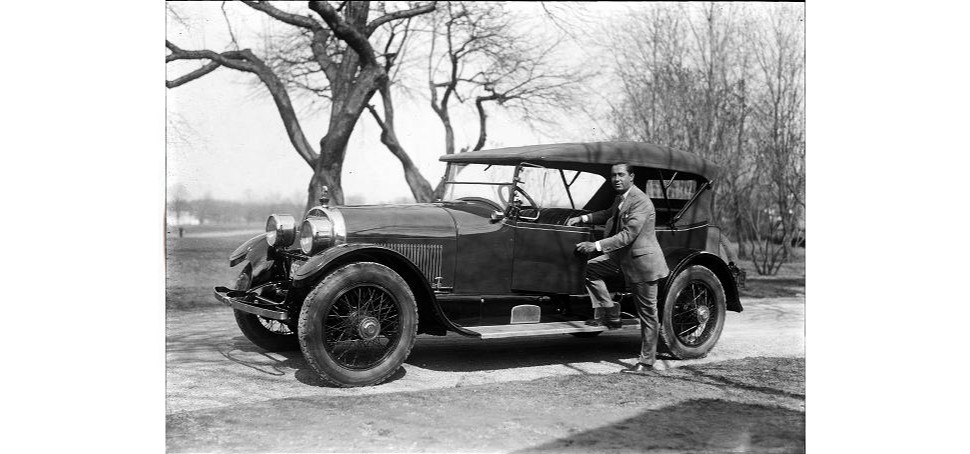
Much is rightly made of Hagen’s style and personality but when called upon his golf skills could rise to whatever heights were needed to secure the top position at the end of any competition. Rightly inducted into the charter class for the World Golf Hall of Fame in 1974, Hagen showcased a consummate ability to shrug off bad shots and quickly rebound with spellbinding shotmaking at crucial moments.
This year’s PGA Championship in Rochester provides the ideal opportunity to both remember and honor one of golf’s most impactful contributors.
When the Wannamaker Trophy is presented to this year’s winner at Oak Hill it will be the spirit of Hagen watching nearby and smiling. Rochester, his boyhood home, still has a front row seat at the highest levels of championship golf.
The Haig would later write in his autobiography …”My game was my business and as a business it demanded constant playing in the championship bracket, for a current title was my selling commodity.”
Gene Sarazen, Hagen’s most notable professional rival, said it succinctly …”All the professionals should say a silent thanks to Walter Hagen each time they stretch a check between their fingers. It was Walter who made professional golf what it is.”
Walter Hagen is indeed Rochester’s golf renaissance man.
